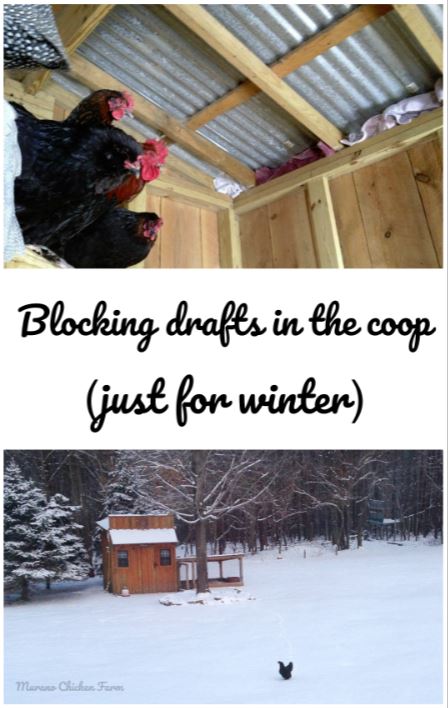
Introduction
If you're considering raising chickens in your backyard, building a chicken coop is an essential step to provide them with a safe and comfortable living environment. Creating a suitable chicken coop requires careful planning and consideration of various factors. This comprehensive guide will walk you through the vital considerations when building a chicken coop.
1. Size and Space
The size of your chicken coop should depend on the number of chickens you plan to keep. Allow at least 4 square feet of coop space per chicken, considering their future growth. Additionally, provide ample space for a run where your birds can freely roam outside. Remember, a spacious coop ensures happier and healthier chickens.

2. Location and Orientation
When selecting a spot for your chicken coop, ensure it's well-drained to prevent water accumulation and dampness. Consider the coop's proximity to your house, as regular monitoring is essential. To provide a comfortable environment, place the coop where it receives ample sunlight and shade. Orient the coop to protect against prevailing winds.
3. Design and Materials
Choose a chicken coop design that aligns with your needs and preferences. Whether you prefer a traditional coop or a more modern style, ensure it includes features like nesting boxes, perches, and proper ventilation. Use high-quality materials such as rot-resistant woods and sturdy wire mesh to ensure durability and security for your flock.

4. Security and Predators
Protecting your chickens from predators is of utmost importance. Incorporate strong doors with secure latches, bury wire mesh around the coop's perimeter to prevent tunneling, and cover windows and vents with sturdy screens. Regularly inspect and reinforce the coop to ensure predators cannot break in and harm your beloved birds.
5. Ventilation and Light
A well-ventilated coop is crucial for the overall health and comfort of your chickens. Ample fresh airflow prevents moisture buildup and ammonia from accumulating. Install windows or vents in your coop design to allow proper ventilation while maintaining insulation during colder seasons. Additionally, ensure your coop receives adequate natural light to promote egg-laying and the overall well-being of your feathered friends.
6. Feeding and Watering
Consider the accessibility and cleanliness of feeding and watering systems in your coop design. Install sturdy feeders and waterers that are easy to fill and clean. Keep them secure from pests while providing enough space for all your chickens to eat and drink comfortably. Adequate nutrition and hydration are vital for their health and productivity.
7. Easy Maintenance
Simplify your chicken coop maintenance by incorporating easy-to-clean elements. Consider removable nest boxes and droppings trays, as well as smooth surfaces that can be easily scrubbed. Proper maintenance not only keeps your coop hygienic but also reduces the risk of diseases. Regularly inspect and clean the coop to ensure a healthy living environment for your flock.

8. Budget Considerations
While building a chicken coop, it's important to plan your budget accordingly. Consider the cost of materials, any required tools, and potential additional features. Remember that investing in a well-built coop initially can save money on future repairs or expansions. Find a balance between affordability and quality to create a coop that meets your chickens' needs and your budget.
Conclusion
Building a chicken coop requires thoughtful consideration of various factors, from size and design to location and security. By taking into account the considerations mentioned in this guide, you can create a functional and safe coop that ensures the well-being and happiness of your feathered flock. Prepare to embark on an exciting journey of raising chickens at your own backyard!

Comments
Post a Comment